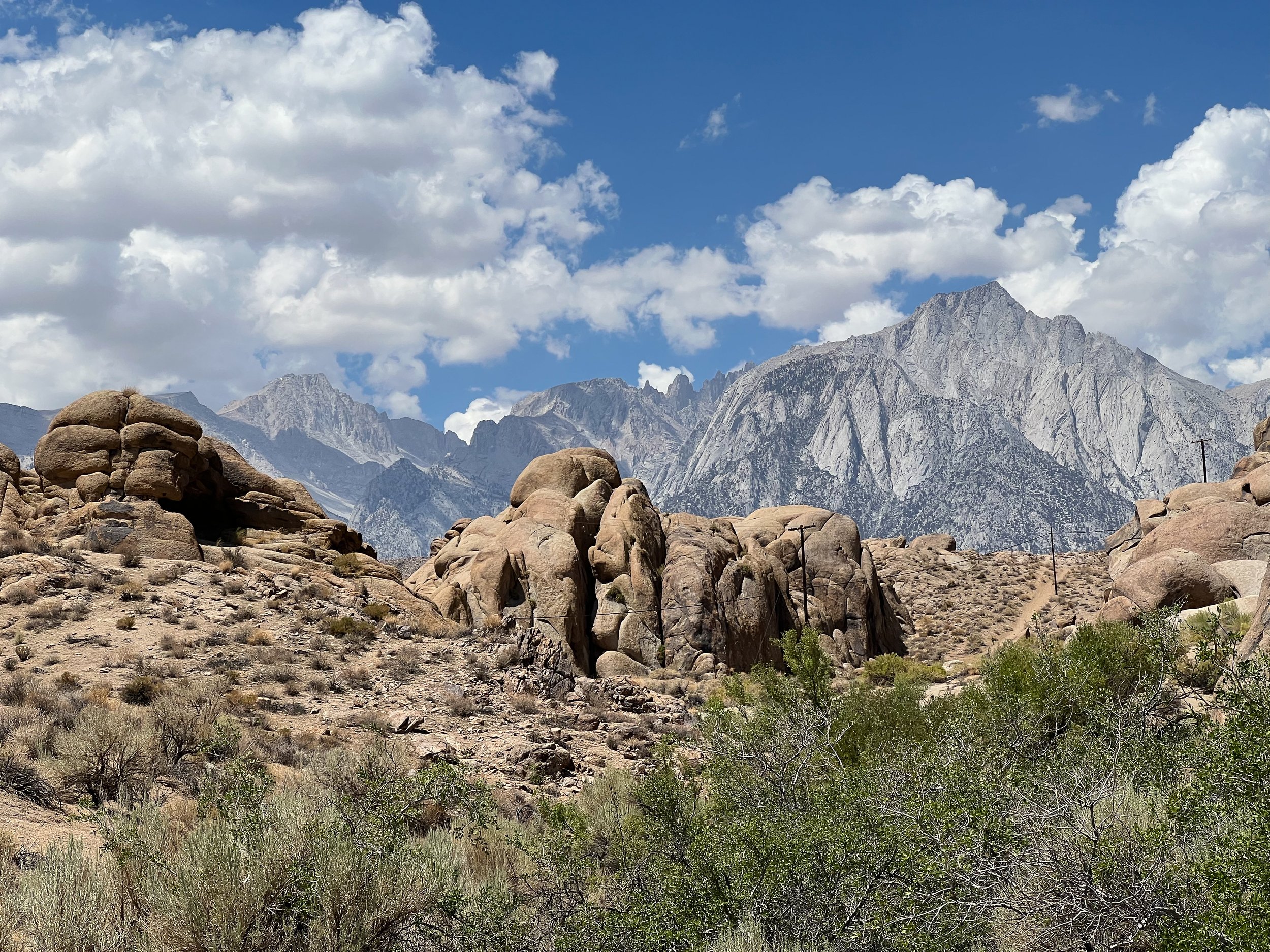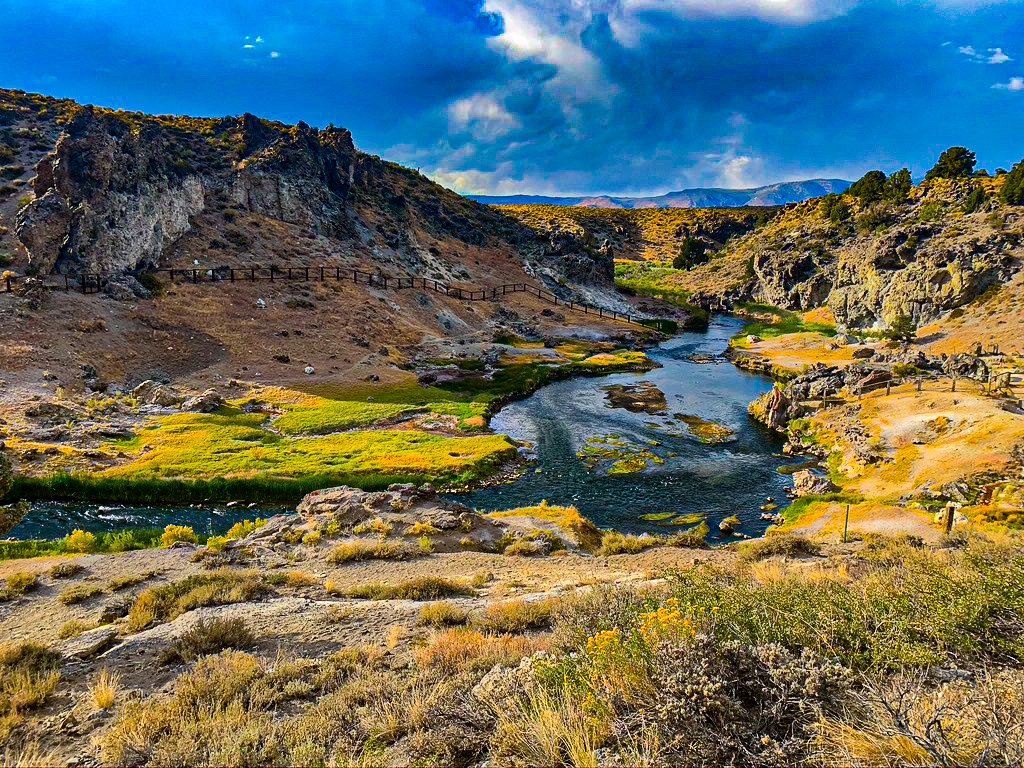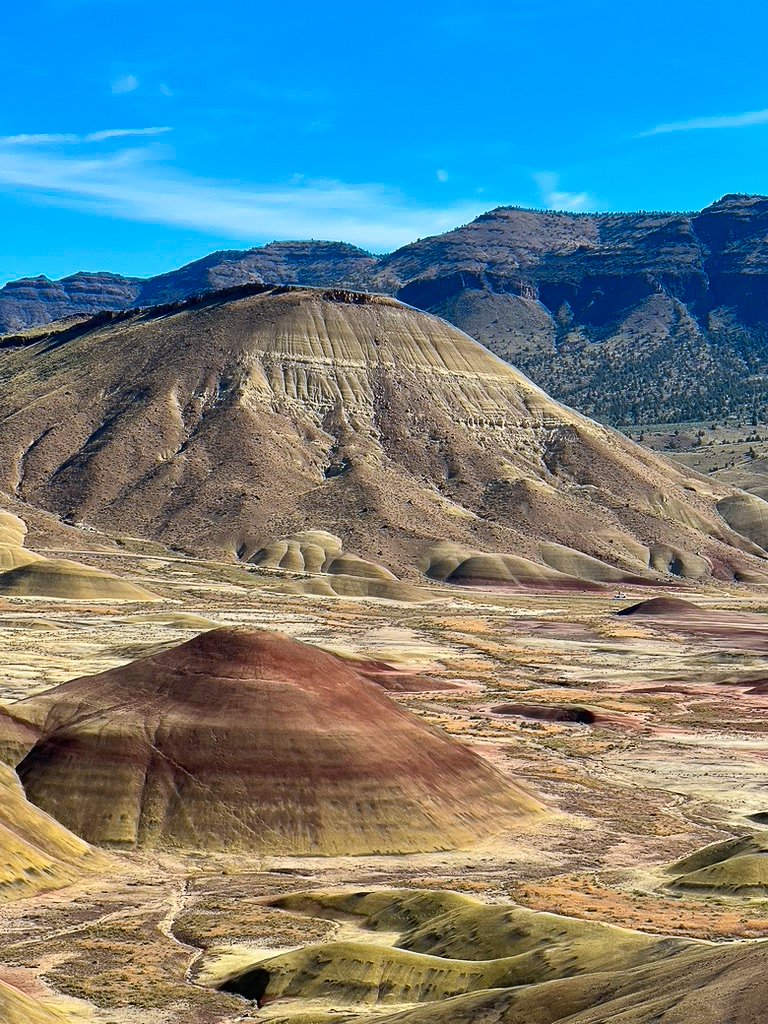
Geology and History of the Alabama Hills
Nestled in the Owens Valley with a stunning backdrop of the Sierra Nevada, the Alabama Hills are a geological marvel steeped in both natural beauty and a rich history. This iconic landscape, characterized by its intricate rock formations and natural arches, embodies the spirit of the American West.
Uncovering how these hills formed, understanding the influence of weathering, and acknowledging its cultural significance provides a multifaceted look into Alabama Hills' past and present. This guide explores the region's geology, indigenous history, and its role in film and culture.

Exploring the Fascinating Geological Wonders of Long Valley Caldera
Prepare to be amazed as we delve into the captivating world of Long Valley Caldera and its geological wonders. This awe-inspiring location, located in California's Eastern Sierra region, is a volcanic caldera that dates back millions of years.
Covering an area of approximately 20 miles, Long Valley Caldera boasts a diverse range of geological features, including hot springs, fumaroles, geysers, and even a mammoth-sized magma chamber. The region's fascinating geological history is a testament to the immense forces that shape our planet.

The Geology of Oregon's Painted Hills
The John Day Fossil Beds National Monument is a rich geologic complex that range in ages from the present to around 100 million years ago.
The Painted Hills are one of the Seven Wonders of Oregon. They are comprised of brightly-colored banded clay deposits from a series of volcanic ash eruptions during the Oligocene Epoch, about 35 million years ago.
The colored bands represent changes in climate that occurred during composition.